|
These pre- and post-visit lesson plans are to be used in conjunction with a visit to the Calumet Visitor Center. Each lesson plan highlights an exhibit theme found in our visitor center/museum. The lesson plans were created with either 2nd or 4th grade curriculum standards in mind, but can be changed to accommodate other elementary grades. We hope you can visit soon. Please contact us to schedule your visit. For quicker scheduling, please include the following information:
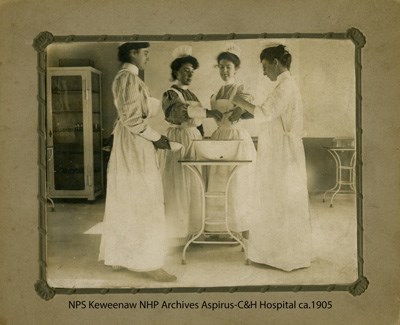
Commercial and Non-Industrial OccupationsCalumet and other area communities thrived during the peak copper mining period in the Keweenaw Peninsula. Many residents were not miners, but were successful with their own pursuits in business. This lesson explores non-mining occupations as well as businessmen and women that pursued them. 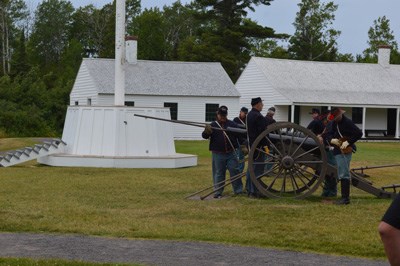
Influence of WarThe copper industry was closely connected to world economics and events. These events included wars within and outside of the United States' border.Since the opening of one of the first profitable industrial mine (Cliff mine) in 1845, the demand for copper has fluctuated, often times because of war. This lesson investigates how war was influential to the product and manufacturing of copper products. 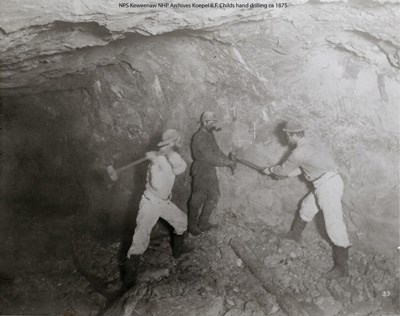
Mining JobsMining required a team of men to make it successful. Jobs at a mining company were demanding and diverse. Although copper production in the Keweenaw Peninsula required deep-shaft underground mining, there were jobs both underground as well as on the surface. This lesson examines what copper mining entails. Additional Resources: Mining Jobs Worksheet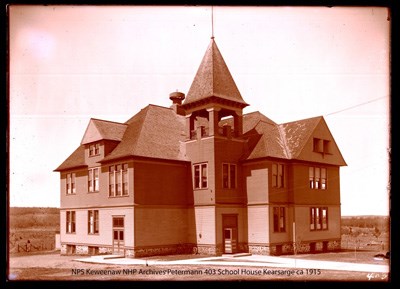
Schools, Education, and TrainingTo attract immigrants and new employees as well as to retain them, copper mining companies created not only housing neighborhoods, but also provided for essential community functions and services such as libraries, hospitals, churches, and schools. Schools in particular reflected ethnic diversity within the community. This lesson considers diversity and company paternalism aspects of mining communities through the examination of schools and community development. 1881 Red Jacket Map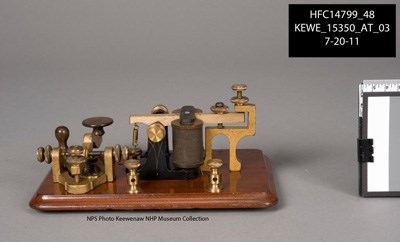
A World of CopperCopper products are found throughout the world. Their invention has vastly improved means of communication and construction, and has allowed living in more remote areas to be less demanding. This lesson addresses historic and modern products that require the use of copper. 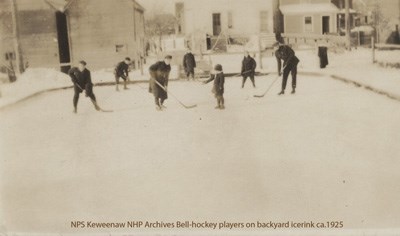
Entertainment and Transportation in the KeweenawImmigrating to the Keweenaw Peninsula was difficult. Many immigrants needed to adjust to the new climate, a new way of living, and to living in a multicultural community. Furthermore, different seasons of the year required modifications to transportation or the use of different types of transportation. These seasons also affected the entertainment aspect of life in the Keweenaw. This lesson considers modes of transportation, children's games, as well as public entertainment. 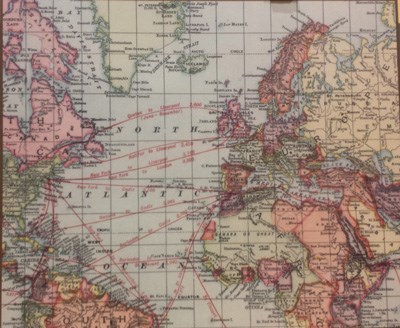
Immigration to the KeweenawThe Copper mining industry was a large part of Upper Michigan's economy and growth in the 19th and early 20th century. It brought immigrants to the area for employment. Families had to adjust to the new environment. Immigrants adopted new cultural identities while maintaining some old traditions. This lesson addresses necessities of immigration to an area and the resulting cultural diversity. 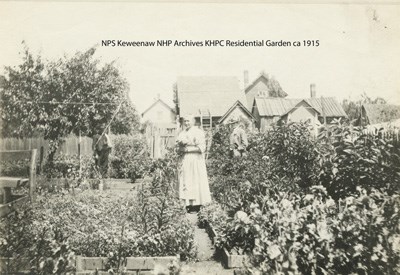
Life in a Mining CommunityMining company employees needed homes to accommodate wives, children, and other family members that arrived after the men were employed. These homes varied in size and style, but were often rented from mining companies. Families also needed to make a living in the area through the use of innovative tools. This lesson examines the design of housing as well as the necessities of self-sufficiency such as growing family gardens or raising livestock. Mining Community Housing Examples |
Last updated: February 23, 2023
